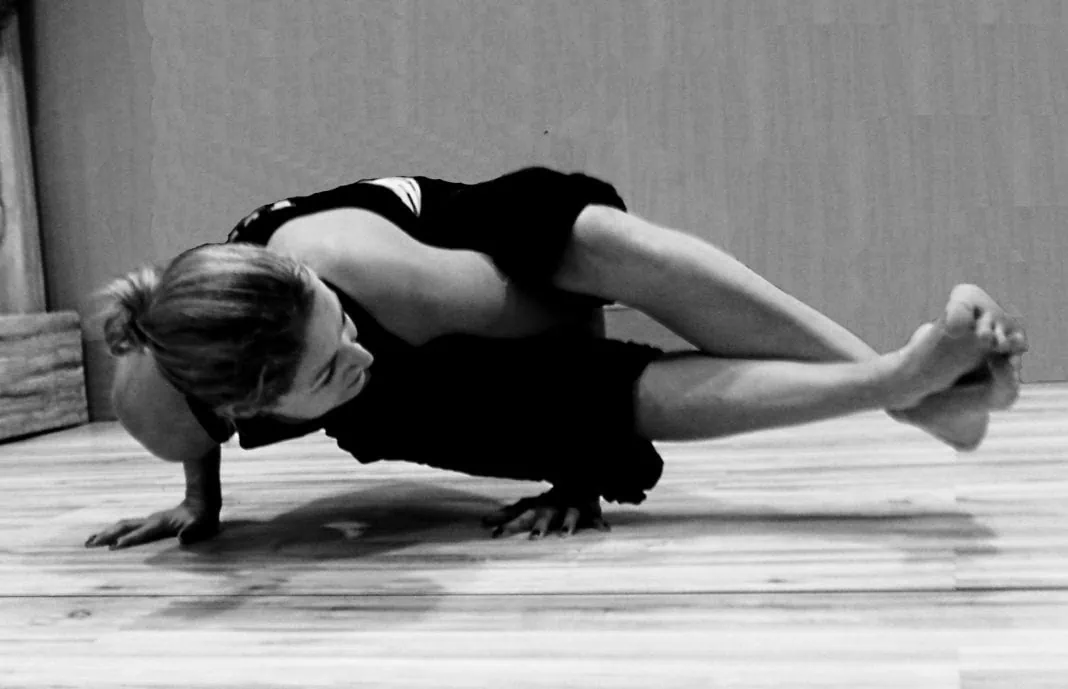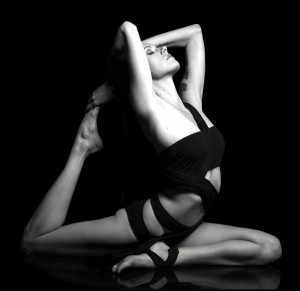I mentioned in an earlier article that I’m a yoga enthusiast, and it got me thinking – When I first began looking for my ‘right’ yoga practice, I remember trying Bikram yoga. Boy, am I ever glad I came to my senses with that one. That’s not to say that it’s a “bad” style of yoga or that it can’t benefit some people; it’s just not for me. At all.
Don’t get me wrong – I love the heat. I don’t even mind the humidity all that much – I live in Canada – I have a strong appreciation for the summer months; you’ll never hear me complain, no matter how hot it gets. But an hour-and-a-half-long Bikram class in a room heated anywhere between 90-110 degrees differs greatly from running on the beach. Also, because hot yoga has become such a trend in the last little while, many classes are overpopulated – More bodies equals higher humidity. Hot yoga studios are supposed to be kept at around 40% humidity. Still, it’s almost impossible for the rooms to maintain that humidity when there’s x amount of people sweating in them for an hour to 90 minutes, however many times a day.
It only took me one class to realize that this type of yoga wasn’t going to be for me. I think anyone considering taking up the practice of Bikram or any other type of hot yoga should seriously educate themselves before ever stepping into a studio. Remember these things once you’re prepared and you know what you’re getting yourself into. It’s also worth mentioning that while Yoga is, in general a safe fitness and health routine, there are some risks attached to it.
 Research the Hot Yoga Studios and Instructors in Your Area Avidly
Research the Hot Yoga Studios and Instructors in Your Area Avidly
A few things set off red flags in my head when I attended my first hot yoga class. First, the room was set to 105 and was overpopulated; it wasn’t twenty minutes before I could barely breathe. I wasn’t the only one, either – when the heat got too much for people to handle, they were told to lay down on their mat and stay in the room. I don’t know about you, but my basic first aid training tells me that lightheadedness, dizziness, and excessive sweating is the beginning warning signs of heat exhaustion and it’s happening because of the room, so the student should be getting out of there to cool off.
Regardless of how the instructor and other students feel about it, leave the studio and cool off if you feel sick, numb, or dizzy to avoid heatstroke. Try to find a studio where the instructor encourages people to cool off when they feel like they’re about to pass out.
Know Your Limits
My class instructor also continuously pushed students to stretch as far as they possibly could, even if it was beyond their comfort zone. I understand that yoga and stretching go hand in hand. Still, my problem is this – Heat and humidity allow the body to stretch further than it would in a natural, unheated environment, so there’s a good chance that someone that’s new to the practice (as I was at the time) could potentially hurt themselves if they didn’t yet know where their limits were. Finding a hot yoga teacher certified in kinesiology will probably be your safest bet if you’ve chosen this style.
Don’t Buy Into the Hype
If you know anyone who practices hot yoga, you’ve probably heard them say that they love it because they’re detoxing their body while they’re sweating profusely for an hour and a half. I hate to break it to the people who only practice hot yoga for that reason, because here’s the thing: You detox through your kidneys and liver for the most part. Attending a hot yoga class detoxes your body about as much as a sauna would – If you’re looking to detox, consult your health practitioner or look for organic detoxing products at your local health food store.
Like I said before, it’s not that hot yoga is bad. Everyone’s entitled to find a workout regimen that works for them (and I strongly encourage everyone to at least try yoga for its incredible mind-body-spirit benefits), but it’s certainly not for everyone. Unless you’ve been doing yoga for a while or you’re sure that you can thrive in an incredibly hot and humid environment, you should probably start your yoga practice out in an unheated environment, bonus points if you can find a practice in a natural environment like in a park or on a beach.

